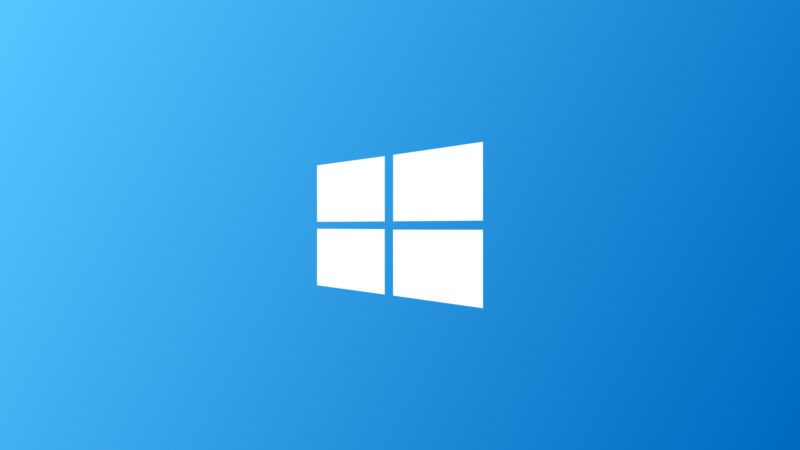Windows 7 and 8.1 to get Windows 10-Style Monthly Updates
Ashley Allen / 8 years ago

Since Microsoft’s strategy of issuing fixes and patches for Windows 10 in one monthly bulk update has been so staggeringly unpopular, it is rolling out the same strategy for Windows 7 and Windows 8.1, too. The Redmond company has announced that the Monthly Rollup update for Windows 7 and 8.1 (plus Windows Server 2008 R2, Windows Server 2012, and Windows Server 2012 R2) will come into effect from October 2016 onwards, which is good news for those engaging in fresh installs of those operating systems, but not to those of us who like control over which updates get installed and when.
“From October 2016 onwards, Windows will release a single Monthly Rollup that addresses both security issues and reliability issues in a single update,” the Microsoft announcement reads. “The Monthly Rollup will be published to Windows Update (WU), WSUS, SCCM, and the Microsoft Update Catalog. Each month’s rollup will supersede the previous month’s rollup, so there will always be only one update required for your Windows PCs to get current.”
“Over time, Windows will also proactively add patches to the Monthly Rollup that have been released in the past,” the post adds. “Our goal is eventually to include all of the patches we have shipped in the past since the last baseline, so that the Monthly Rollup becomes fully cumulative and you need only to install the latest single rollup to be up to date.”
Mircosoft assures users that the move will be of great benefit, adding convenience and security, while protecting against fragmentation. What the company doesn’t mention, though, is what happens when an update in the bulk package causes issues. Does the user have to roll back to a previous state, losing the benefits of the other functional parts of an update?
“By moving to a rollup model, we bring a more consistent and simplified servicing experience to Windows 7 SP1 and 8.1, so that all supported versions of Windows follow a similar update servicing model,” Microsoft explains. “The new rollup model gives you fewer updates to manage, greater predictability, and higher quality updates. The outcome increases Windows operating system reliability, by eliminating update fragmentation and providing more proactive patches for known issues. Getting and staying current will also be easier with only one rollup update required. Rollups enable you to bring your systems up to date with fewer updates, and will minimize administrative overhead to install a large number of updates.”
The incremental release of separate updates – often once a week, usually on a Tuesday – was one of the many reasons Windows users decided to stick with 7 and 8.1, rather than upgrade to Windows 10. So, it’s surprising that Microsoft is enacting this policy now, rather than before the expiration of its Windows 10 free upgrade period, since it would have removed one big reason for sticking with the previous two operating systems, while also providing an opportunity to sneak more “Get Windows 10” nagware on to our systems. Though, as we now know, the new operating system is still legitimately available for free for Windows 7 and 8.1 users, despite the offer ending on 29th July.



















